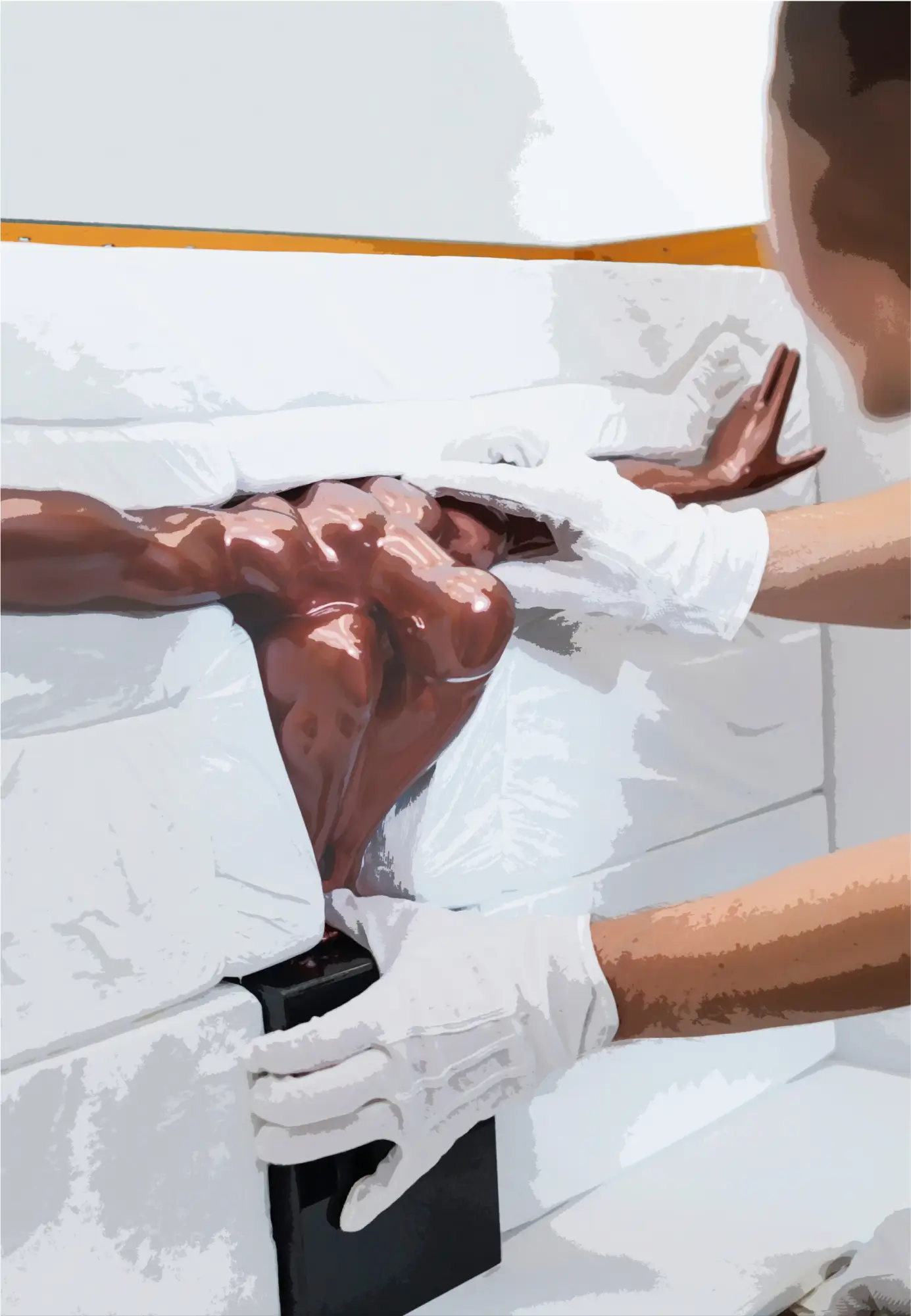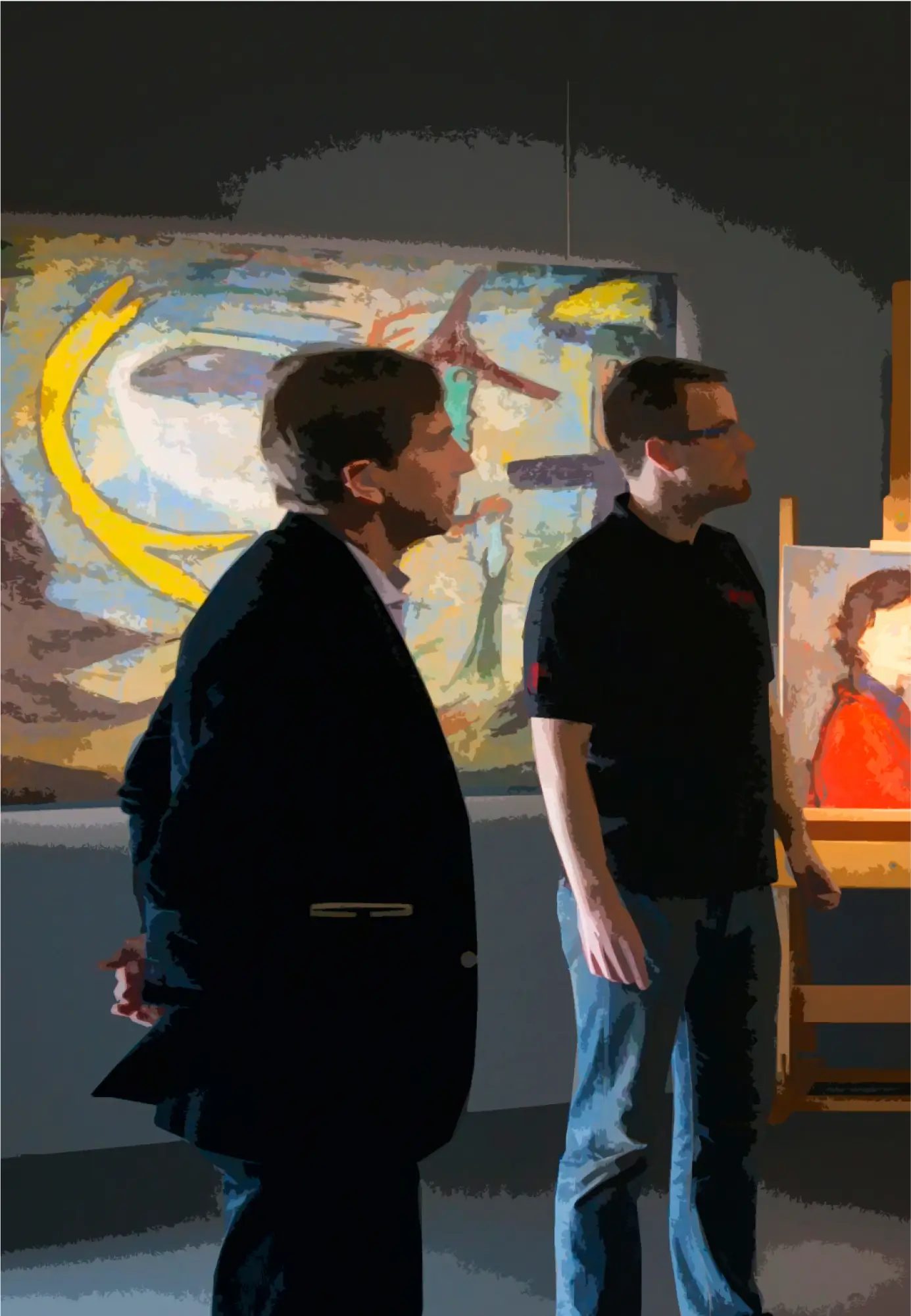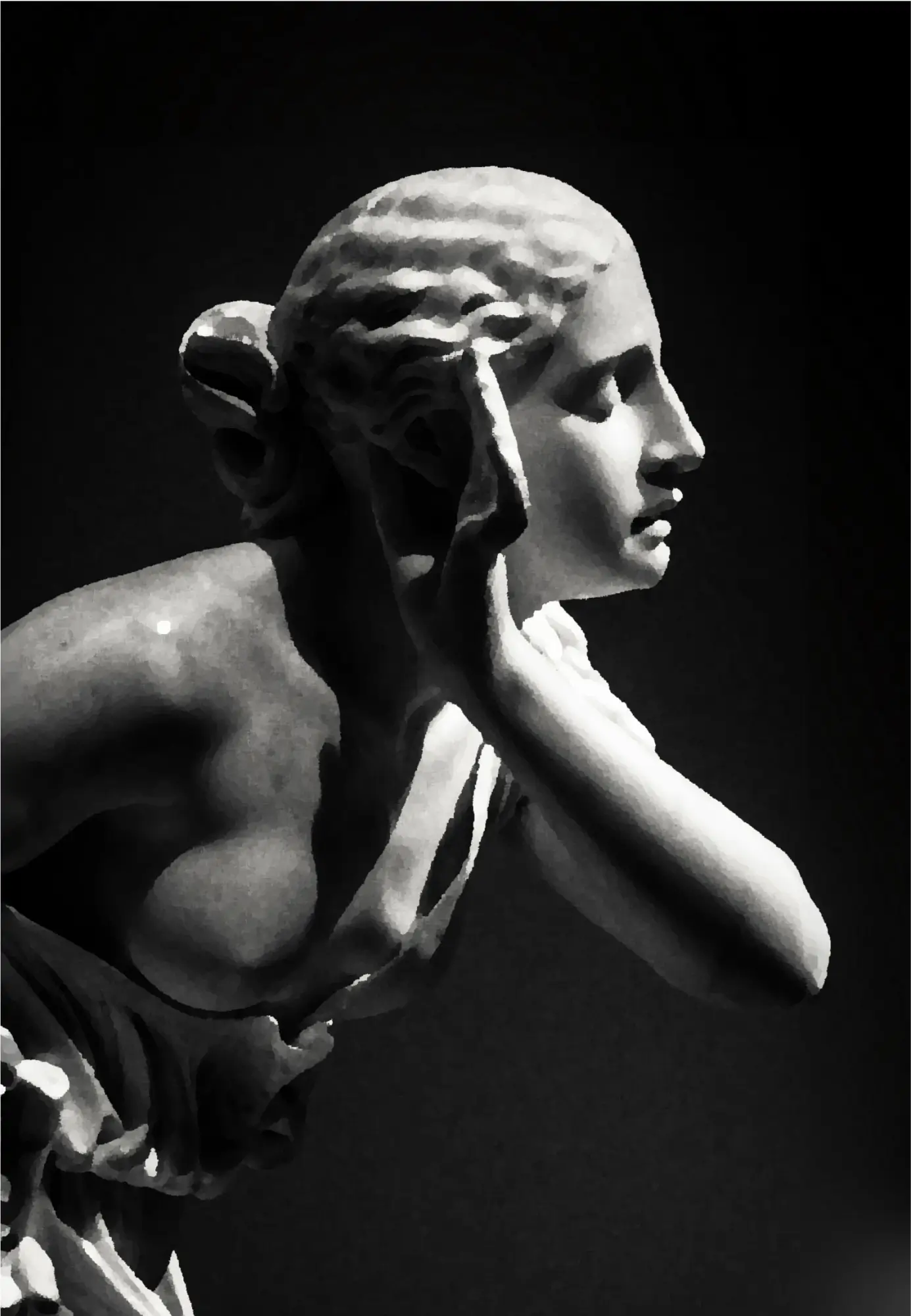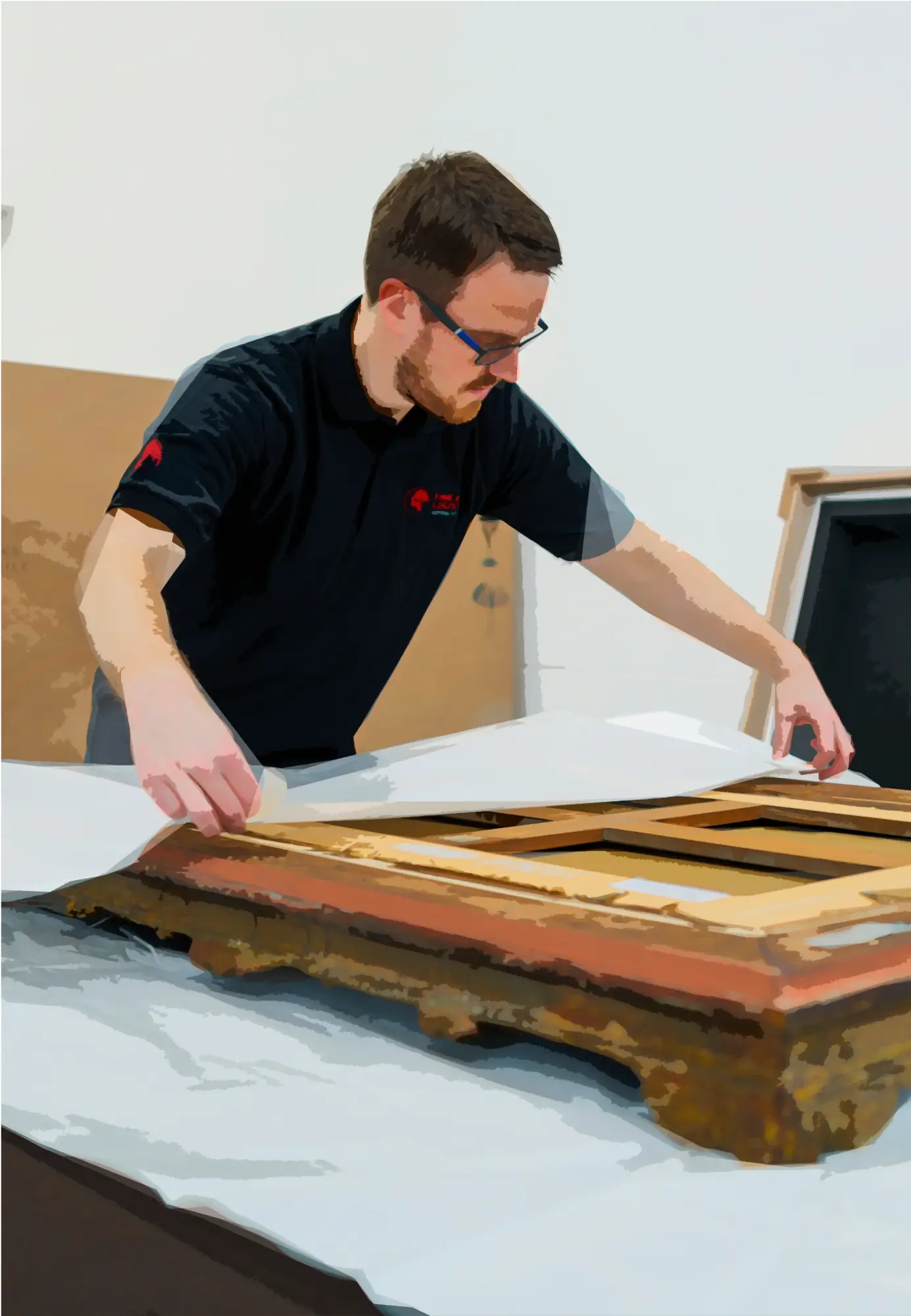Investing in artistic expression to foster creativity
Like any investor, art market players hope for potentially high returns on their investments. However, the particular profile of art investors, emotionally attached to the object(s) they covet, positions them far beyond the simple financial investment.
In fact, more than in any other field, financial participation in the art market should be seen as a form of modern patronage that places the actors in a position of indispensable support to the expression of creative genius.
By taking the risk of funding artistic freedom, rather than simply providing resources, they enable freedom of expression and play a major role in shaping the ideas of our societies.
Patronage and artistic expression, an unbreakable union
It is a fact that artistic creation has always been a central element in the construction of cultures. In all civilizations, the public authorities and distinguished families have never ceased to finance artistic expression to display their prestige, federate thoughts and create a feeling of fellowship for a group of individuals.
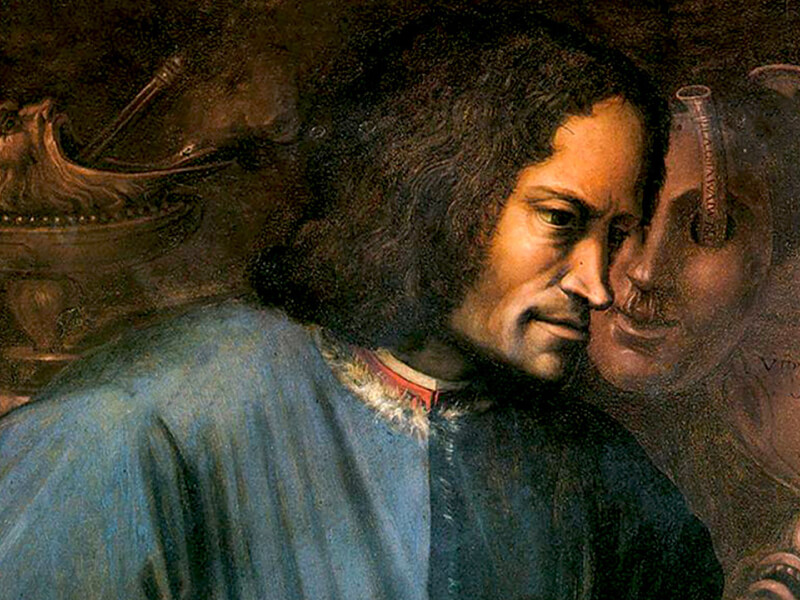
Proof of this is our artistic heritage, which can be read as a timeless testimony to the political power and refinement of the various civilisations that have crossed the centuries.
And this historical legacy continues today, since the genius of the creator and the support of the benefactor can count on the public authorities to encourage free artistic expression and make the inexorable evolution of ideas possible.
The benefits of modern patronage
In our open and free model of society, patronage has evolved to adapt to the reality of the global market. With globalization, the possibility of supporting artists has become more widespread and many fiscal mechanisms have been implemented to allow a wider population to support the production of our artistic heritage.
As a result, the art market today benefits from mechanisms and political decisions that promote the creative freedom, the free circulation of artworks and the access to art as never before in history.
Thus, whether we are talking about investment, contemplation, circulation or production; in our time, anyone who wishes to do so has the tools to participate, on their own scale, in witnessing the emergence of a global civilisation.
The benefits of cultural patronage through donations
Whether it is to encourage the participation of companies or individuals, the first lever used to encourage cultural sponsorship is to allow tax breaks when a donation is made with the aim of contributing to the expansion of the artistic sphere.
Thereby, companies and individuals who support artists can benefit from tax deductions as long as they are within the limits defined by the law.
In Luxembourg, for example, cultural sponsorship is managed by the Fonds Culturel National, which acts as an intermediary between the art world and individuals or legal entities wishing to make a donation.
"In order to allow as many people as possible to participate in the cultural development, the Luxemburger legislation allows tax deductions for all annual donations of a minimum value of 120 €. Donations exceeding 30 000 EUR which are not coming from a bank authorised to operate within the European Union, are subject to a special permission which will be requested by the beneficiaries from the Ministry of Justice."
Tax exemption for private corporate collections
The creation of a private collection is an advantageous model of patronage that allows the company to invest in cultural production and to show its social responsibility. The main advantage for companies is the possibility of a tax deduction for the works of art acquired, on condition that the art objects are for public use.
The rules for obtaining a tax reduction through a corporate art collection are relatively simple:
- The works must be displayed in a place accessible to the public.
- The place and times of the exhibition must be publicly indicated.
- The artwork must be the creation of a living artist.
- Public access to the works must be guaranteed for several years.
- The goods concerned must be entered on the company's balance sheet
Measures to ensure the security, the preservation and the free circulation of private artistic heritage
The modern art market presents particularities that are in contradiction with the political desire to ensure access to works of art for as many people as possible and to encourage the intervention of art patrons.
Firstly, the unique nature of art objects, which are sometimes very expensive, often fragile and of varying dimensions, requires specific and sometimes costly measures to ensure their proper conservation.
Secondly, art as an asset class which is bought and sold in the interest of building private wealth t is often removed from public view. In these cases the access to art becomes, de facto, the sole business of its owner.
Finally, the fact that the work of art is reduced to a simple consumer good, means it is de facto subject to value added tax. This taxation, which tends to increase the price of artistic productions considerably, limits the possibilities of everyone to sponsor artistic creation.
In order to defuse these contradictions and to allow the proper development of artistic thought in a market context, the public authorities have put in place a number of tax incentives that encourage investors to give access to their private property under certain conditions.
The role of free ports in the context of art patronage
Although foundations and collectors have their own storage facilities that are perfectly suited to the proper conservation of art objects, these private facilities actually offer them very few advantages.
On the other hand, facilities such as free ports provide art market players with access to certain tax benefits within an adapted, regulated framework and subject to a series of conditions.

Firstly, all private collections that are stored in a free port are eligible for a VAT suspension scheme. This means that as long as a work is stored there, VAT is not charged to the owner.
To ensure the preservation of the artistic heritage, this VAT suspension scheme is also applied to all handling operations necessary for the right conservation, restoration or circulation of works of art as long as they remain stored in these facilities.
Moreover, in order to ensure that artistic heritage does not remain behind closed doors, the VAT suspension system continues to apply when the work is loaned out to participate in a public exhibition.
Free ports are also places where art objects can be exchanged between individuals in a secure environment while taking advantage of the VAT suspension.
Finally, free ports, such as the one where Fortius Luxembourg is located, often have the advantage of offering direct access to major transport infrastructure like airports and highways, which facilitate the movement of the works of art around the world.
In fact, the principle is simple, as long as owners can justify that they are not enjoying the work of art privately, by exhibiting it in their living room for example, they can claim a suspension of VAT.
